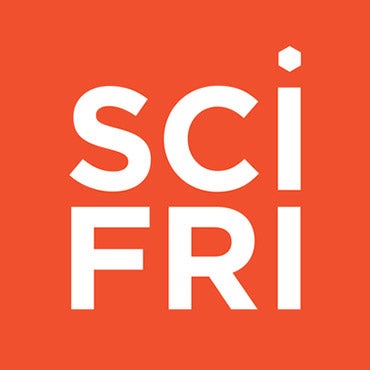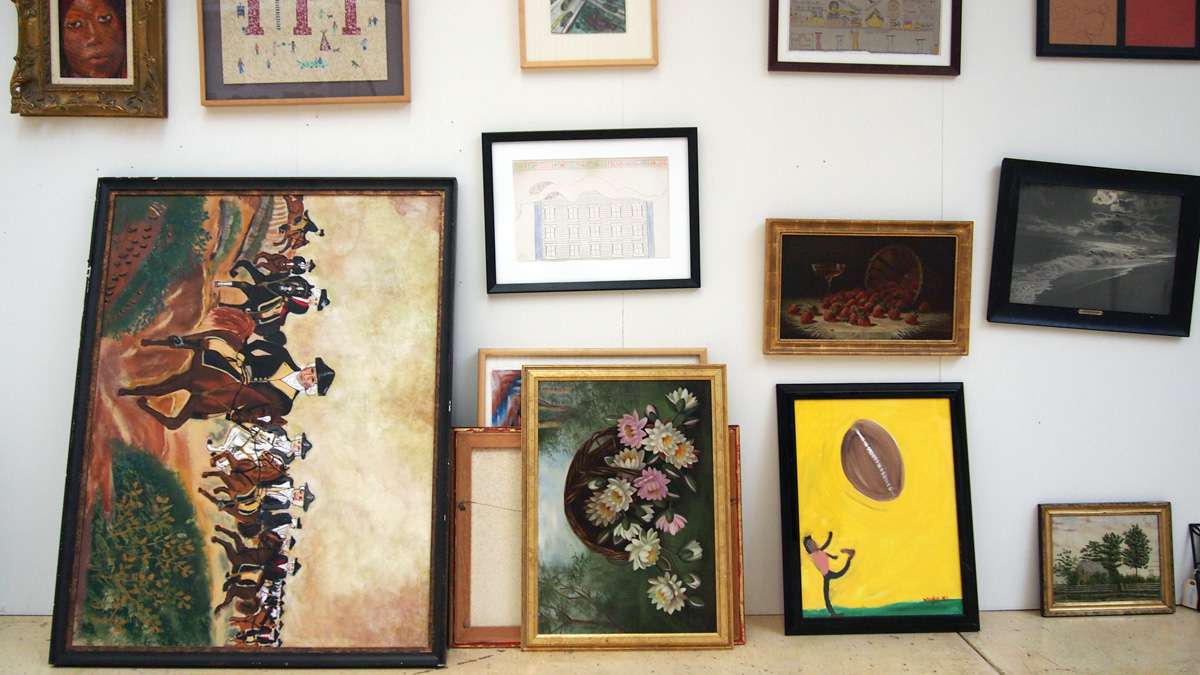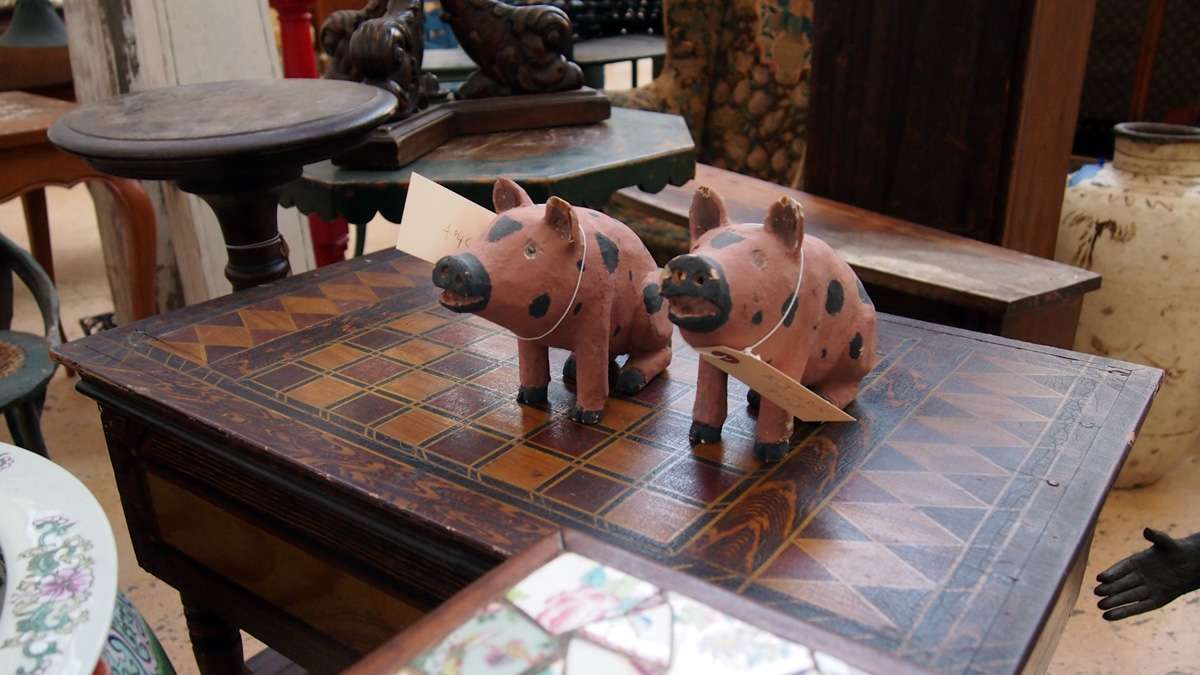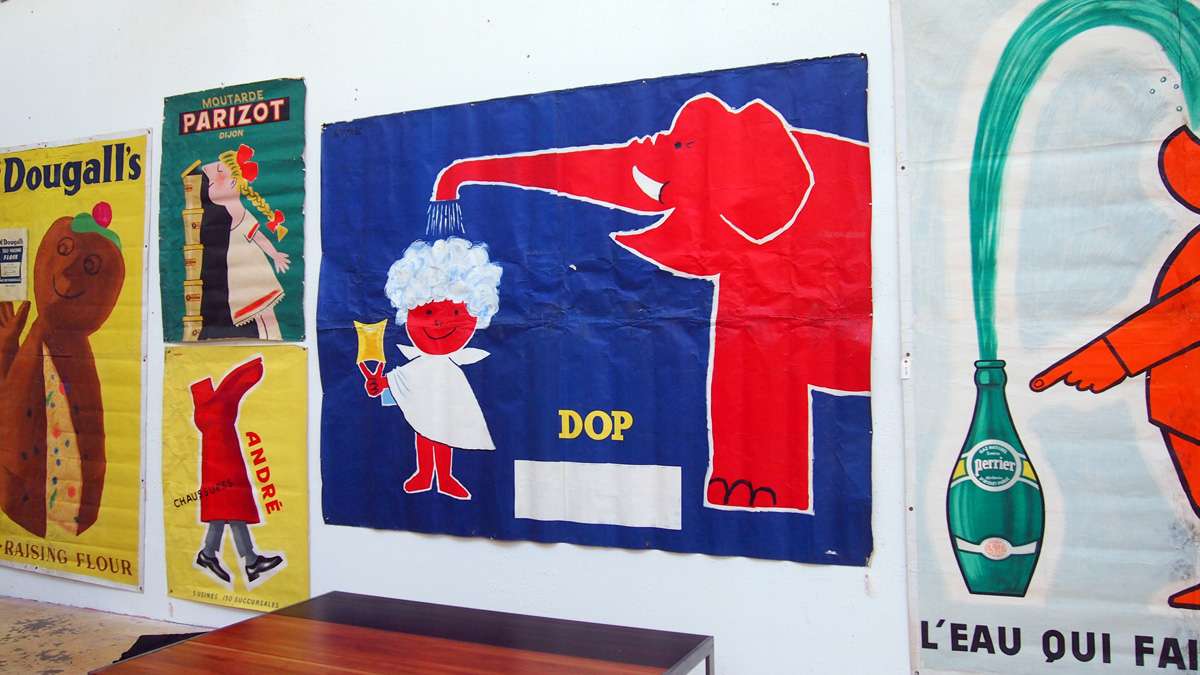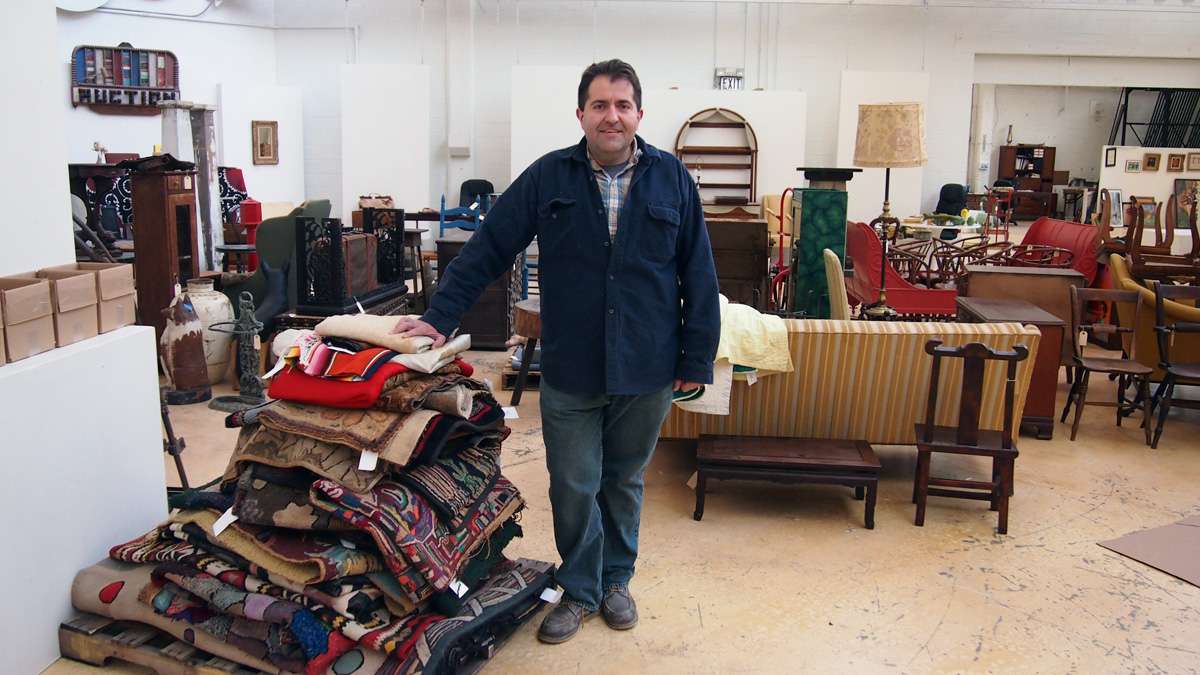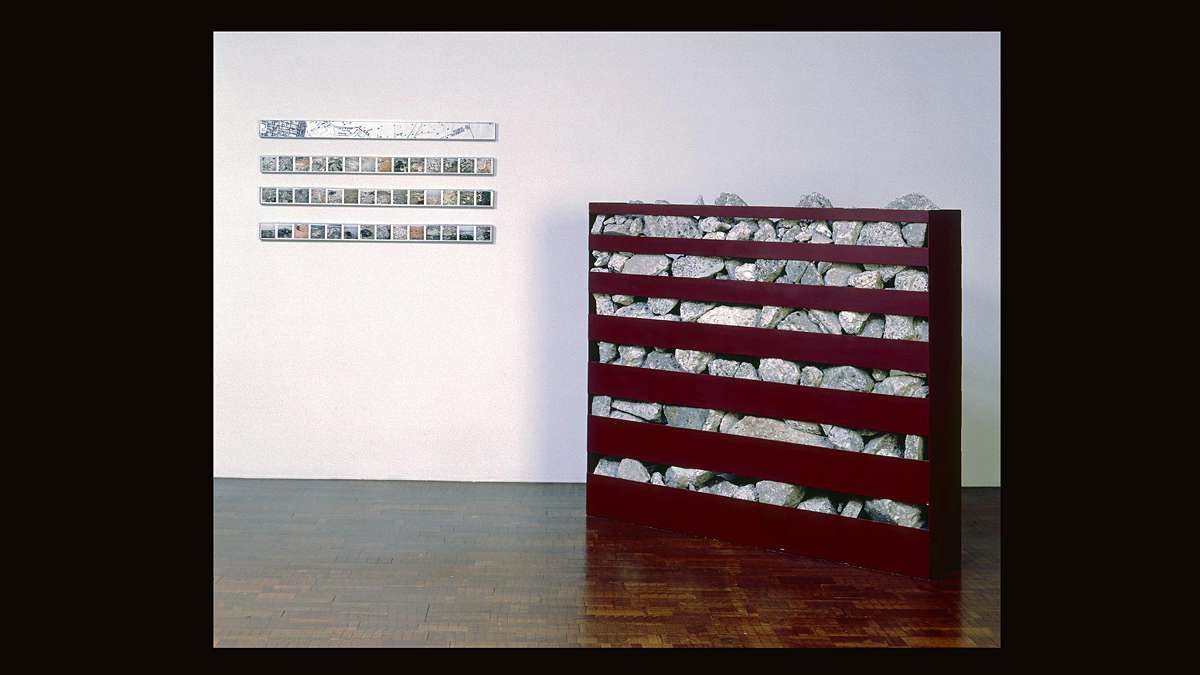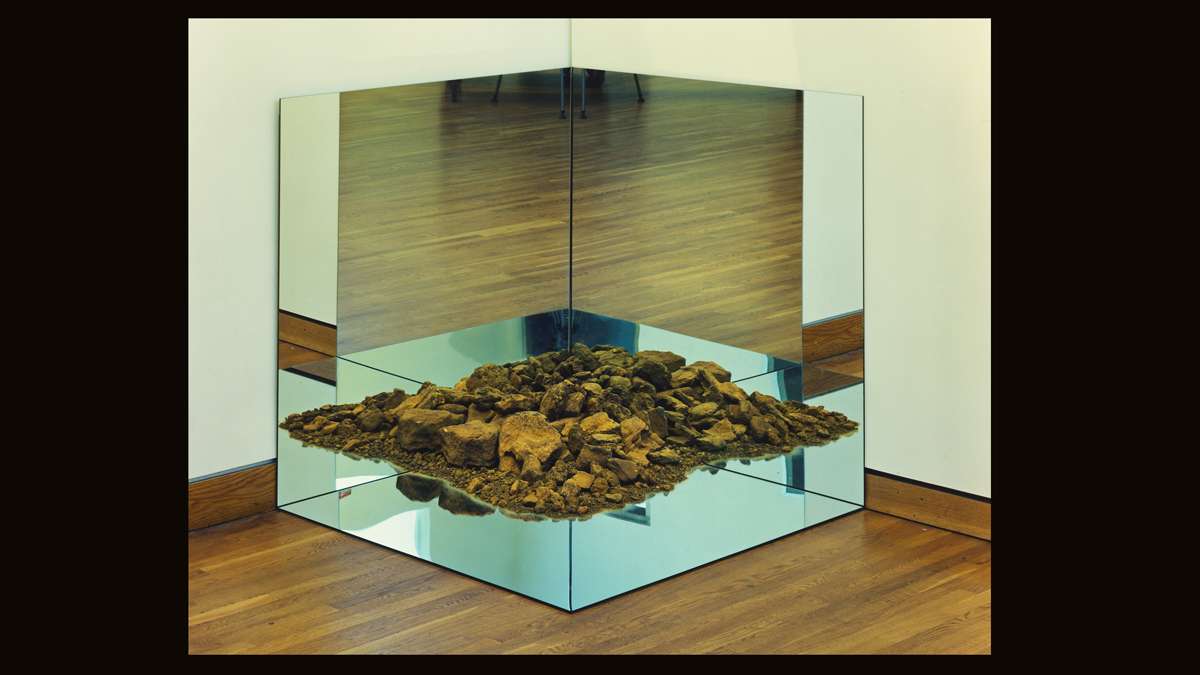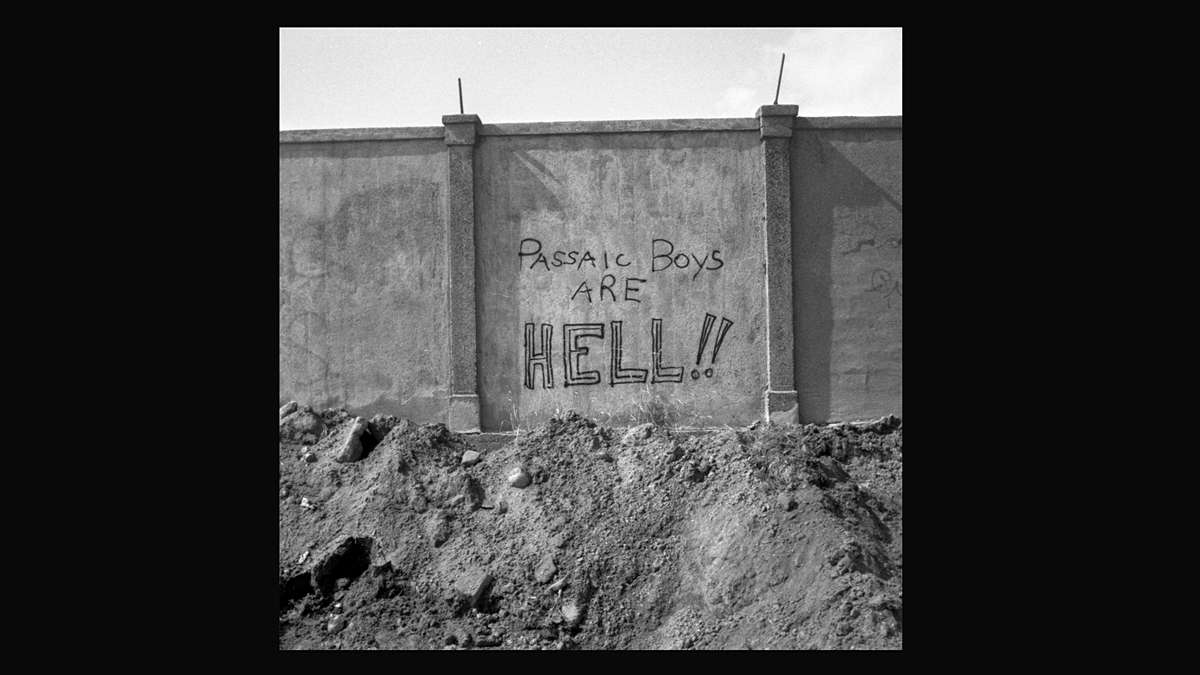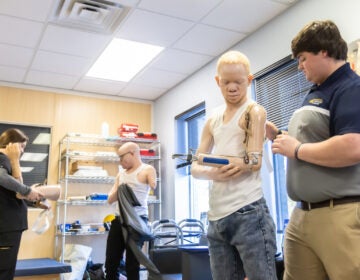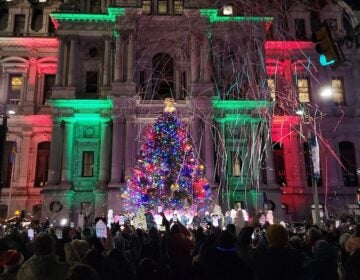Earthworks artist Robert Smithson’ New Jersey work on exhibit
Last fall, a groundbreaking exhibition at Princeton University Art Museum, New Jersey as Non-Site, showed how the Garden State’s elevated highways, pastoral ruins, toxic bodies of water and industrial waste provided fertile ground for avant-garde artists in the 1950s. Robert Smithson’s “non-sites” gave inspiration to the exhibition title.
Smithson’s non-sites were maps, or “landmarkers” constructed from natural materials he chose from remote, unpopulated areas, or the ruins of collapsed buildings. The materials could be brought into the gallery, placed in constructed bins with maps or situated within mirror formations.
“I began in a very primitive way… taking trips in 1965; certain sites would appeal to me more–sites that had been in some way disrupted…pulverized,” Smithson (1938-1973) wrote. “I was really looking for a denaturalization rather than built up scenic beauty.”
The Montclair Art Museum is exhibiting Robert Smithson’s New Jersey through June 22, exploring the ties to his home state.
The Montclair Art Museum is only 15 minutes from where Smithson was raised, in Clifton and Rutherford. One of the main sites to inspire Smithson was Great Notch Quarry in Little Falls. With a deep interest in geology and mineralogy, Smithson was an avid rock hunter in the state. As a child he would prowl the quarries near Paterson, which become embedded in his psyche, and collected bugs, fossils, seashells. He loved to visit the Museum of Natural History in Manhattan – whose skyline he could see from Passaic. He wrote extensively about New Jersey and rock hunting, noting the juxtaposition of the state’s suburbs and New York City skyline visible from the Upper Montclair Quarry cliffs. Smithson referred to the highways as “man-made geological networks.”
He was associated with pioneering Minimalists Sol LeWitt, Donald Judd, Dan Flavin, Robert Morris and others. While their structures had smooth, sleek surfaces, and were mostly industrially fabricated, Smithson assembled geometric abstractions from limestone, trap rock, broken concrete, sand, metal bins, photostats, maps, mirrors and instamatic photographs.
“The earth to me isn’t nature, but a museum,” he said. “My idea… relates to man and matter rather than man and nature.”
A founder of the art form known as Earthworks, or Land Art, Smithson’s most famous work, “Spiral Jetty,” in Great Salt Lake, Utah – one of the key works of the 20th century – was constructed in 1970 and has been compared to serpents, an ear and crystals. The 1,500-foot long, 15-foot wide coil made of mud, salt crystals, rock and water juts from the shore of the lake, and ebbs and flows of the water level alter the visibility of the jetty.
With “Spiral Jetty,” Smithson achieved his goal of putting the sculpture in the land, rather than on it. Earthworks were a radical departure from making artwork in the formal setting of a gallery.
Influenced by Jackson Pollock, Barnett Newman, Willem de Kooning, Jean Dubuffet and Robert Rauschenberg, Smithson became intrigued with the New Images of Man exhibition at the Museum of Modern Art in 1959 and began developing works concerning doomsday. After a period of reading and drawing, Smithson began creating assemblages and exhibited along with Donald Judd, Dan Flavin and Sol LeWitt.
Making field trips to sites near Rutherford, Passaic and Clifton, Smithson wrote “I was… interested in a kind of suburban architecture: plain box buildings, shopping centers, that kind of sprawl.” He found the Meadowlands “a good location for a movie about life on Mars” and sought other New Jersey sites that resembled interplanetary or primordial landscapes.
Smithson’s ideas are expressed in drawings, projects and proposals, sculpture, earthworks, films and critical writings.
Among the more than 60 works on view are “Suburbia,” a grid of 18 color photographs of the hardscapes of concrete landings, bridge trusses, tanks of fluid and loading docks; various bins of rocks and gravel; drawings; film stills; and cut-up maps.
Smithson’s life was cut short by a plane crash in 1973 – he was only 35.
Robert Smithson’s New Jersey is on view at the Montclair Art Museum, 3 South Mountain Avenue, Montclair, through June 22.
________________________________________
The Artful Blogger is written by Ilene Dube and offers a look inside the art world of the greater Princeton area. Ilene Dube is an award-winning arts writer and editor, as well as an artist, curator and activist for the arts.
WHYY is your source for fact-based, in-depth journalism and information. As a nonprofit organization, we rely on financial support from readers like you. Please give today.
